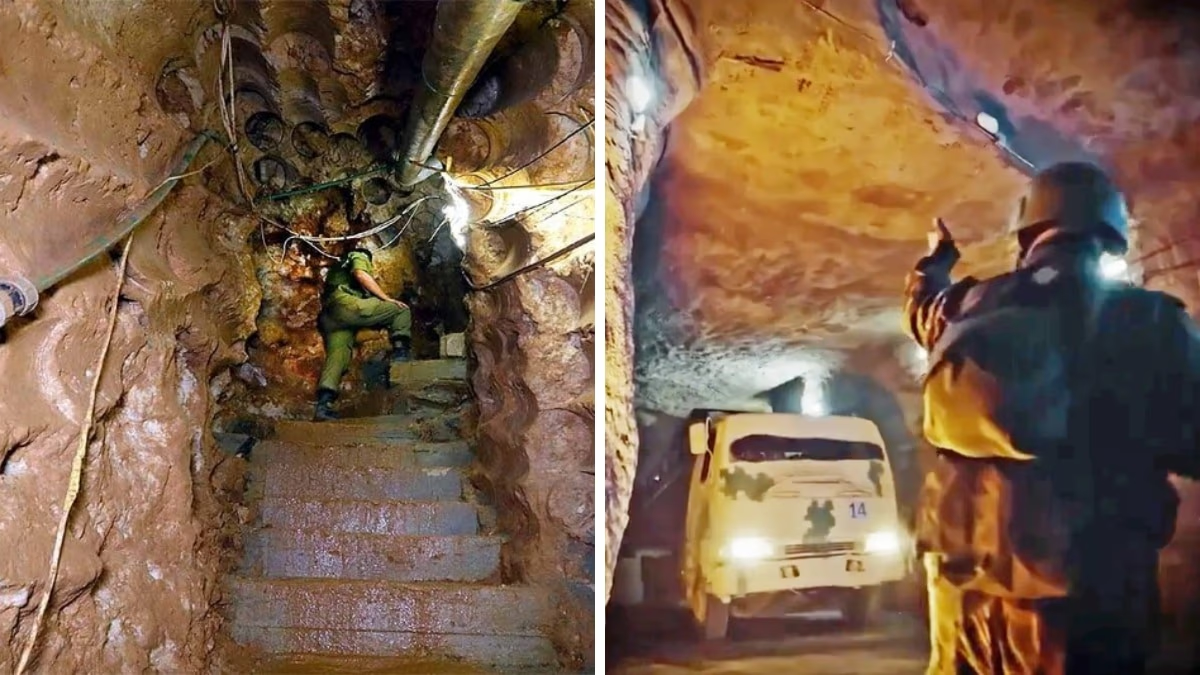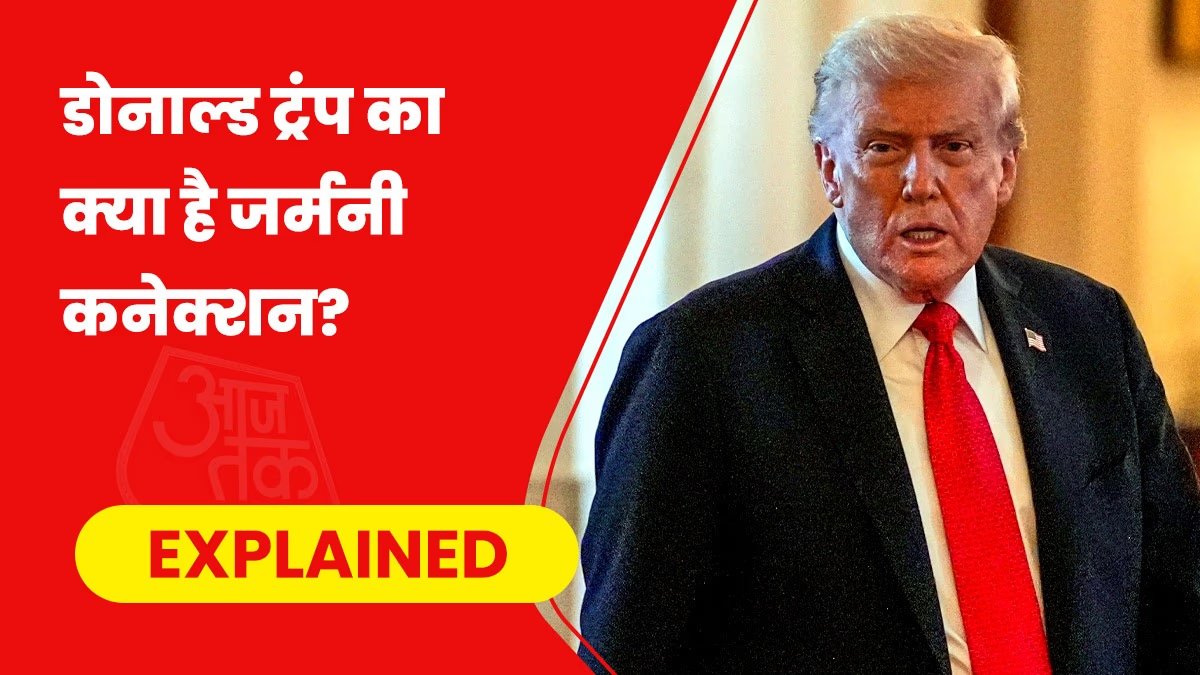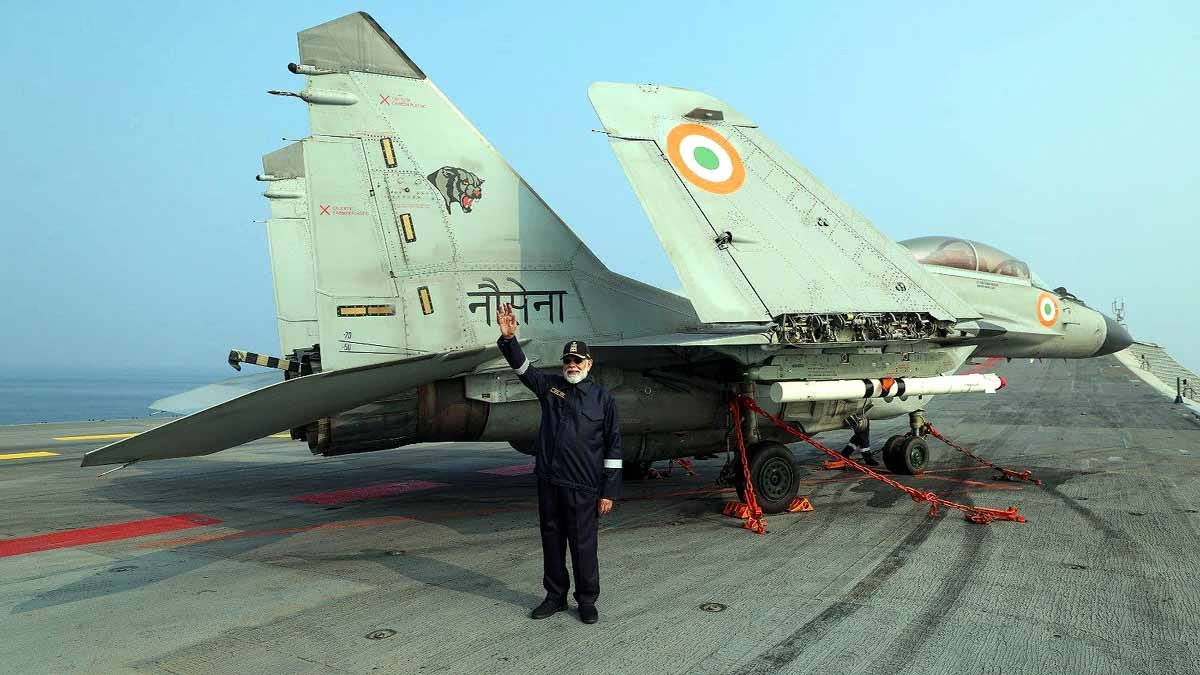Tensions in the Middle East are at an all-time high, with Israel now at odds with Lebanon and Iran following confrontations in Gaza. Targeting the terrorist outfit Hezbollah in Lebanon, the exposure of Hezbollah's network of 'terror tunnels' unveils what looks like cave structures. A comprehensive report details the intricacies of these tunnels, reportedly built with assistance from North Korea.
On October 7, exactly a year after Israel faced attacks, it's clear these assaults were executed not only from the skies but also beneath the ground. According to a DailyMail report, the Israeli Defense Forces (IDF) revealed that before crossing into Lebanon on October 1, Israeli special forces conducted multiple operations to dismantle Hezbollah's tunnels in the country's south.
Dozens of tunnels uncovered in Southern Lebanon
Israel is working tirelessly to address the significant threat at its northern borders. Reports stated that Hezbollah was also involved in the attacks on October 7. However, Israel is determined not to risk a second wave of destruction at Hezbollah's hands.
In an operation in Southern Lebanon, IDF soldiers discovered dozens of tunnels, approximately 80 feet deep, stocked with rocket launchers and ammunition. At the United Nations, Israeli Prime Minister Benjamin Netanyahu noted that 'Hezbollah has secretly carved out terrorist tunnels for infiltration.'
Hezbollah's tunnels remain untouched
The judicious estimation suggests that while the IDF has destroyed almost 80% of Hamas's tunnels, Hezbollah's tunnels have largely remained intact since the onset of the conflict in Gaza. These sophisticated and expansive tunnels enable Hezbollah to transport missiles and vehicles across Southern Lebanon unseen.
The Alma Research and Education Center focuses on Hezbollah's attack tunnels fitted with silo launch capabilities. Missiles like the Fateh 110, a short-range surface-to-surface ballistic missile, are launched from these tunnels through vertical shafts. This underground infrastructure is designed to covertly transport trucks to missile launch sites.
Essentials at the core of each tunnel
Hamas started the use of tunnels towards the late 1990s in Egypt, while Hezbollah embraced this tactic following the 2006 Israel conflict. Dr. Daphne Richmond-Barak from Israel's Reichman University shares that 'these intricately designed tunnels encompass electricity and ventilation, sleeping compartments, mattresses, refrigerators, kitchens, and fully-equipped military bases, enabling sustained underground habitation.'
She observes, 'I am certain these ground invasion tunnels in Lebanon are connected to present confrontations. The tunnels link major cities, challenging the IDF's efforts to dismantle the entire network. Significantly, the Hezbollah tunnel network had North Korean architectural support.'
Iranian companies assisted with tunnel construction
Per Richmond-Barak, 'Hezbollah's network is predominantly structured as assault tunnels; they bear a striking resemblance to North Korea's plans against South Korea. We have evidence indicating meetings between North Korean figures and Hezbollah, with resulting clear outcomes.' Alma cites the construction involvement of Iranian companies, including those associated with Iran's Revolutionary Guards Corps.
Tunnels excavated with North Korean guidance
Tunnel excavations in Lebanon commenced with North Korean aid in the 1980s, intensifying particularly by the late 90s. North Korea's historic expertise in tunnelling through mountainous and rocky terrains played a pivotal role.
Post the 2006 Lebanon War, Hezbollah maintained ties with North Korea and received further aid from Iran. By 2014, Hezbollah had acquired substantial training, insights, and technology to independently design and construct tunnels.




